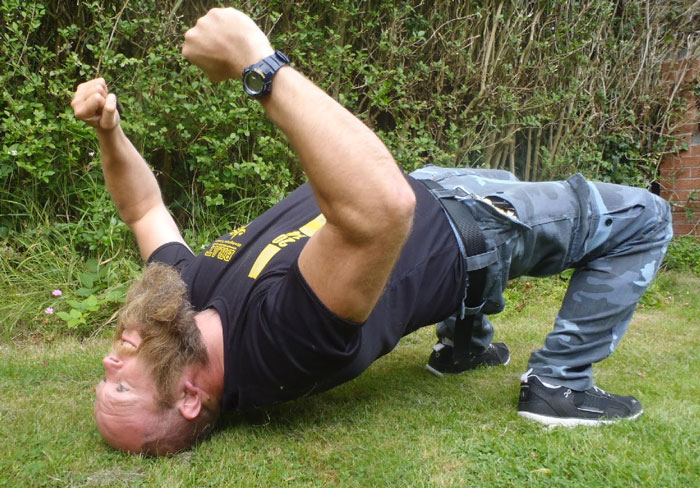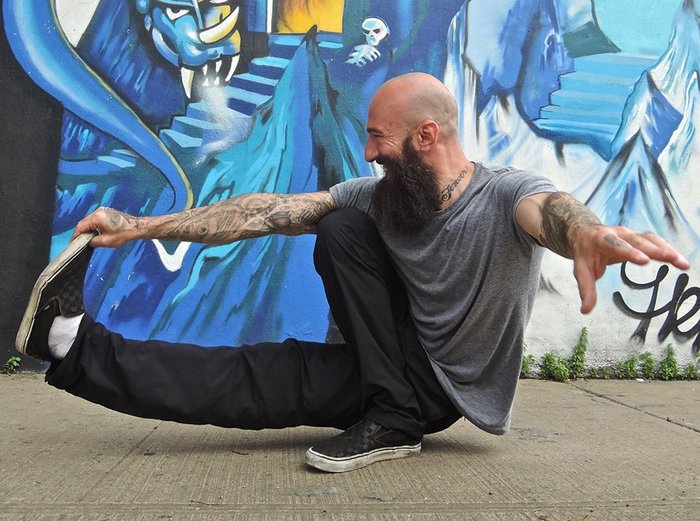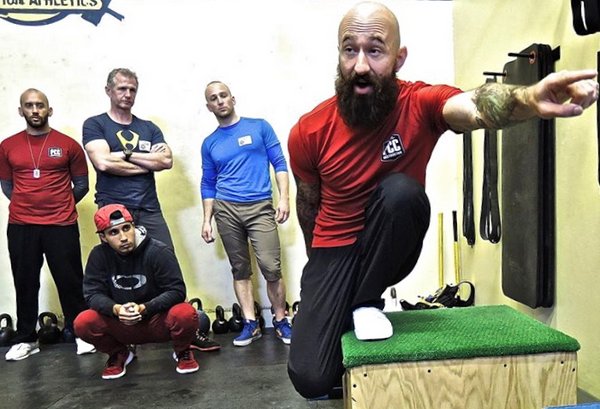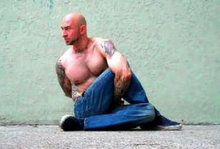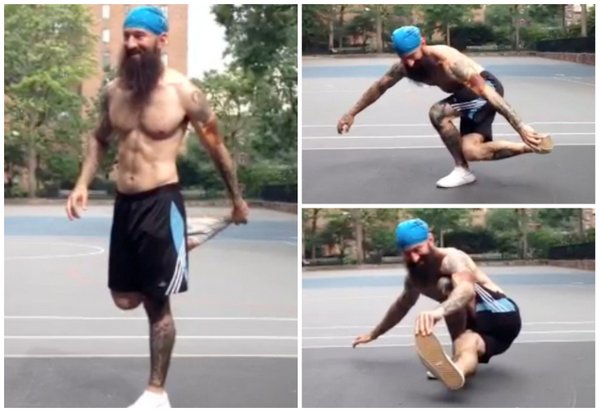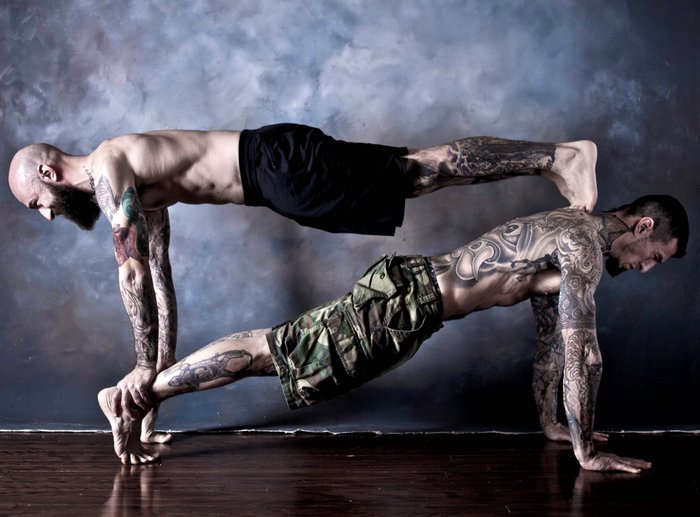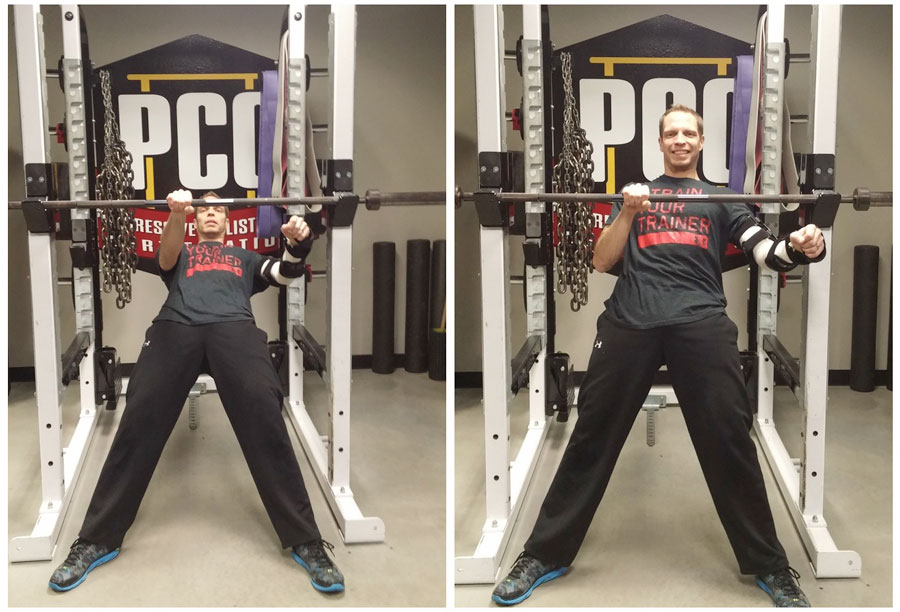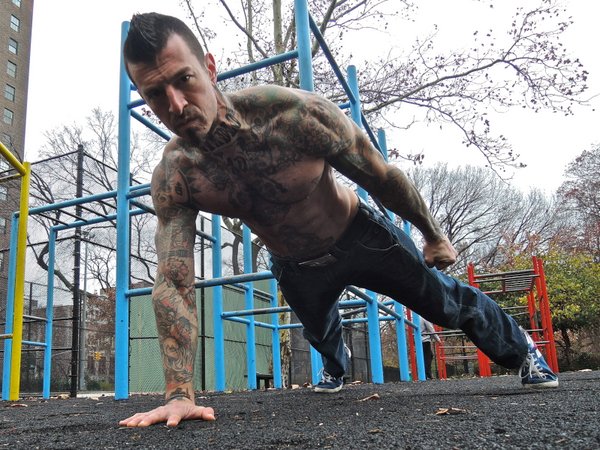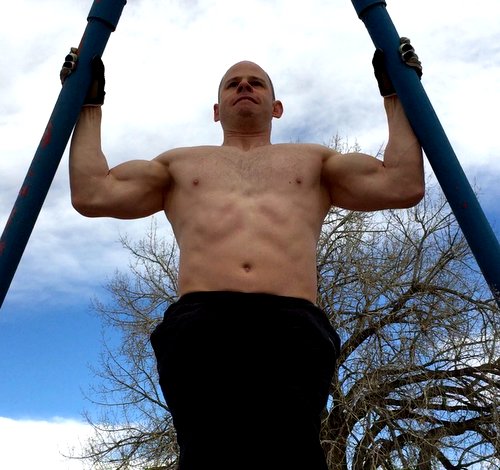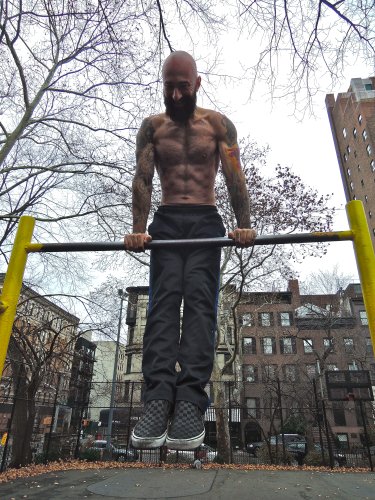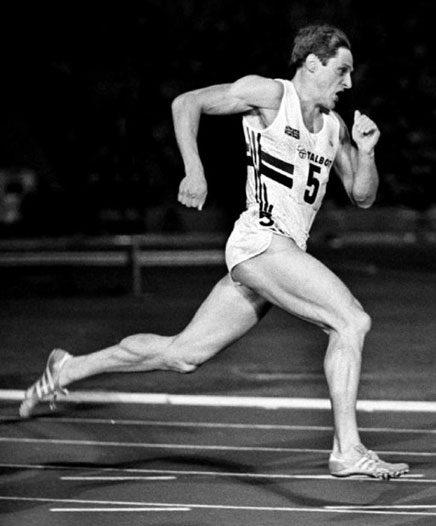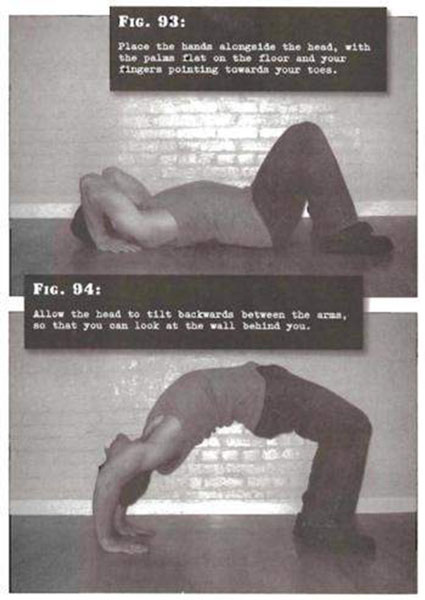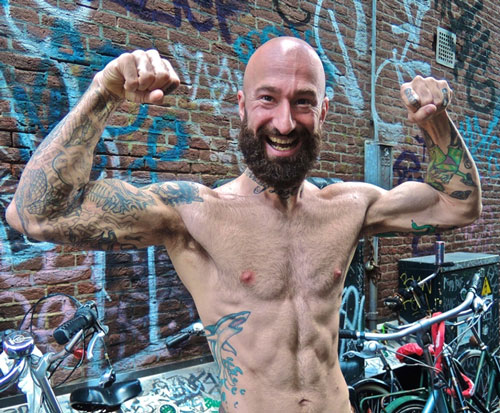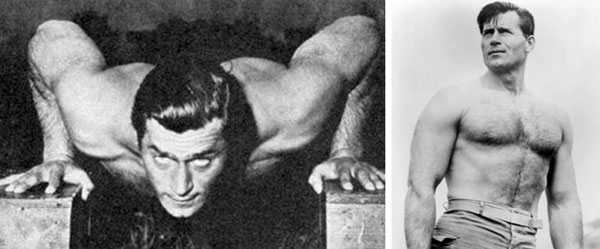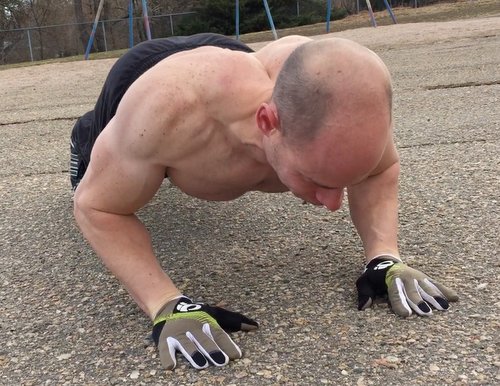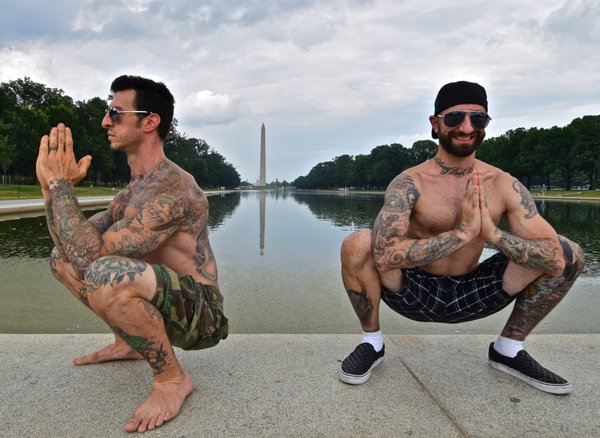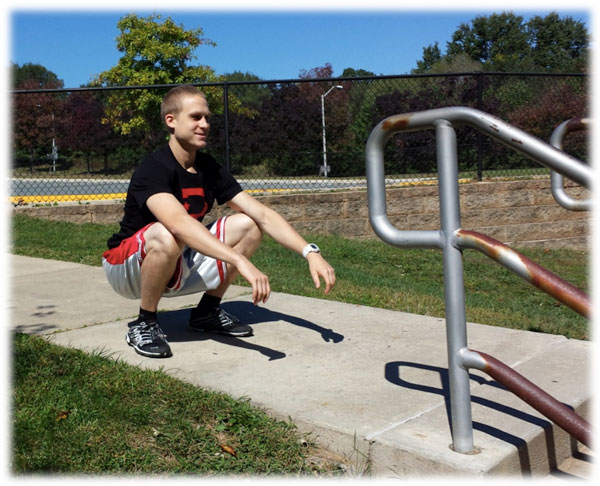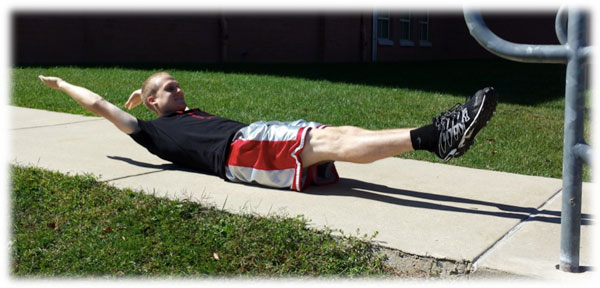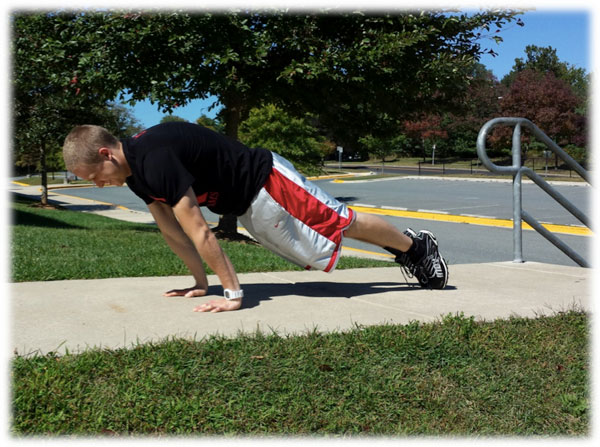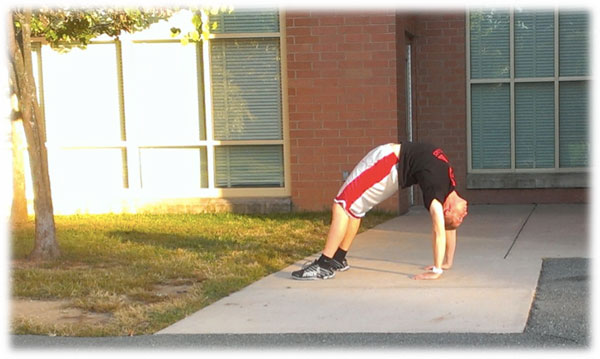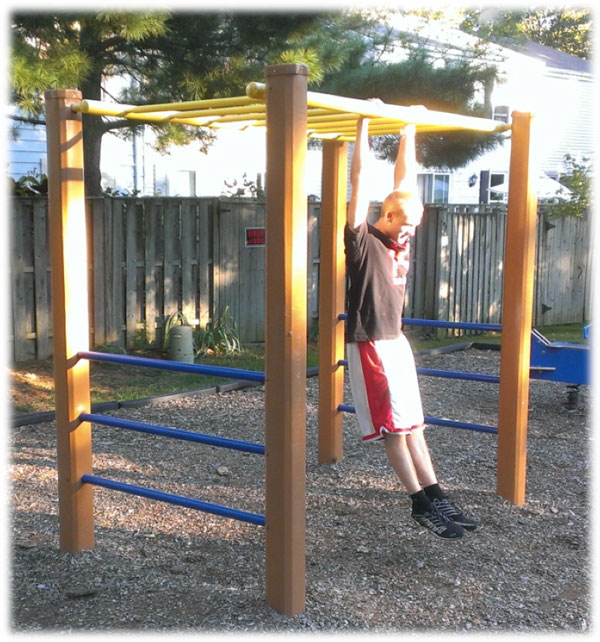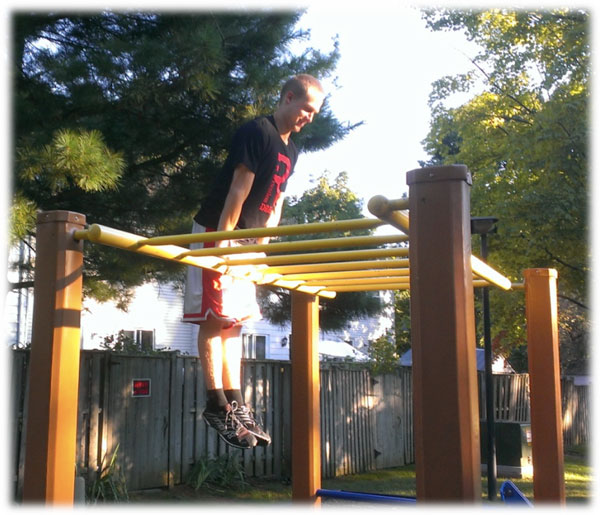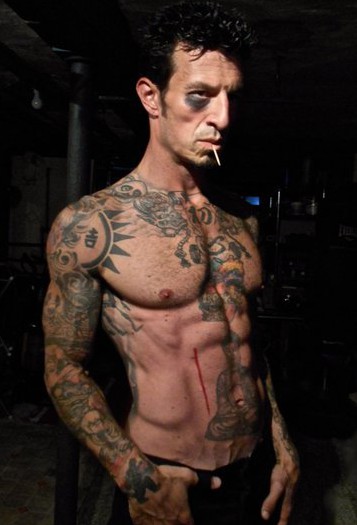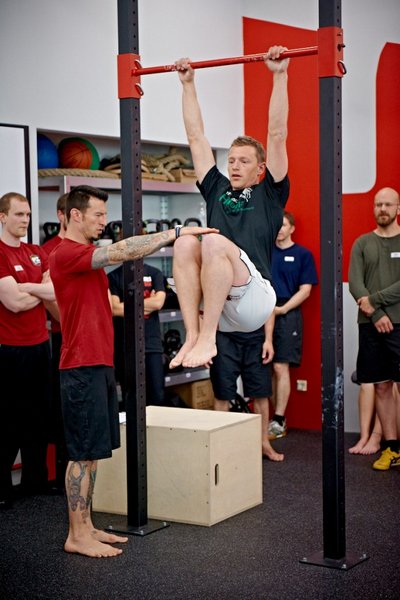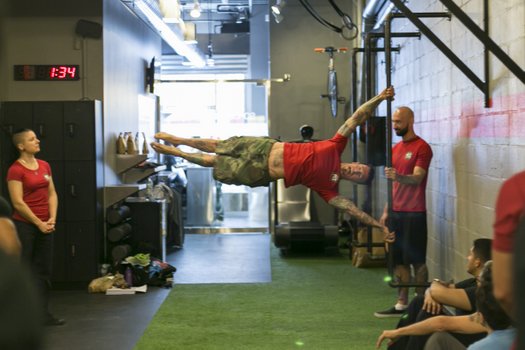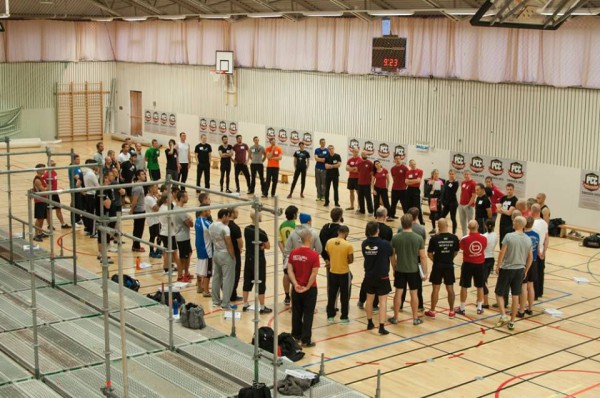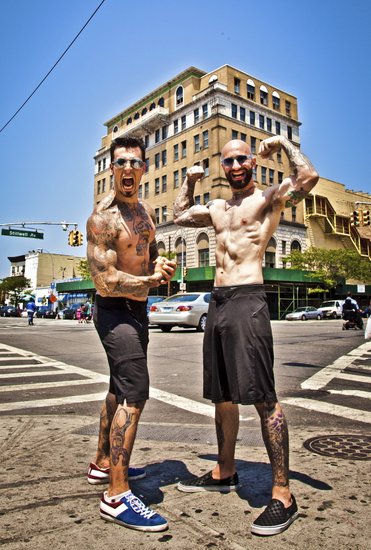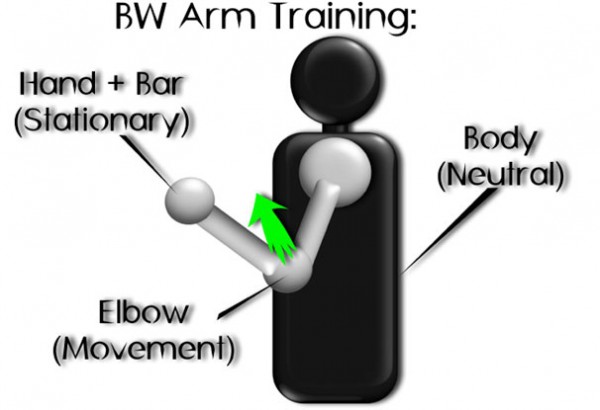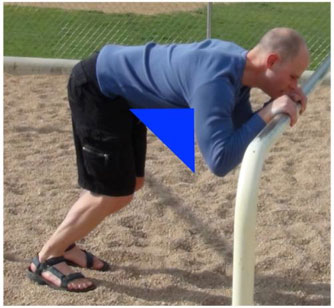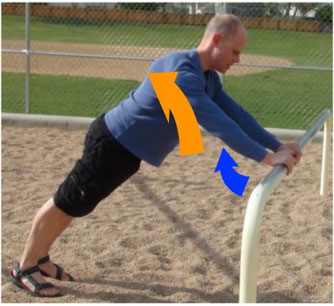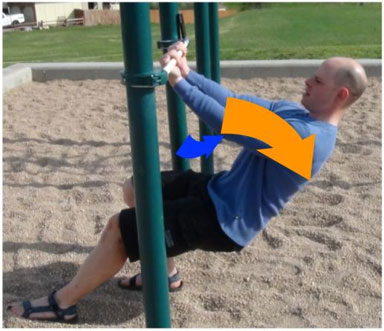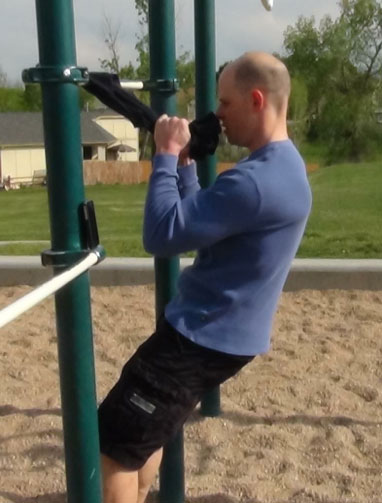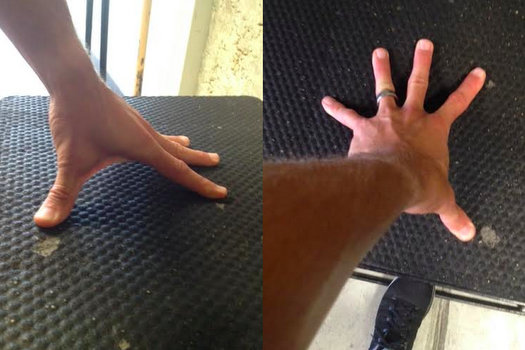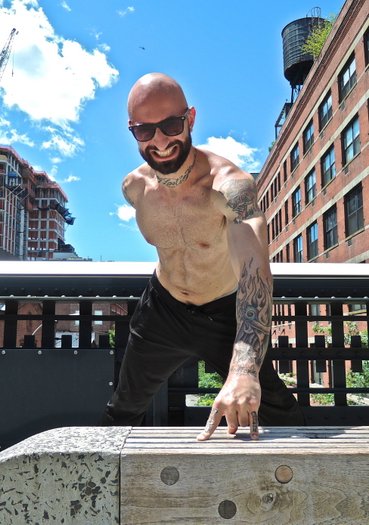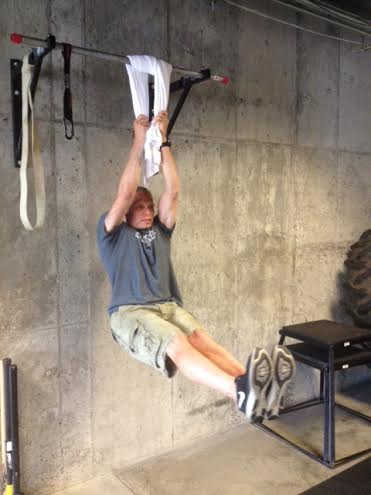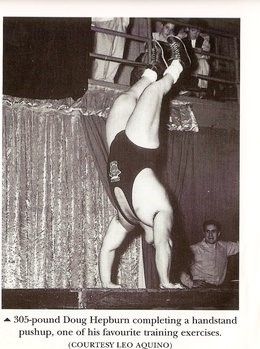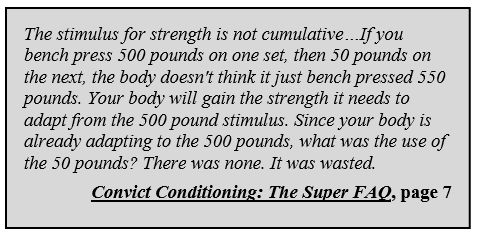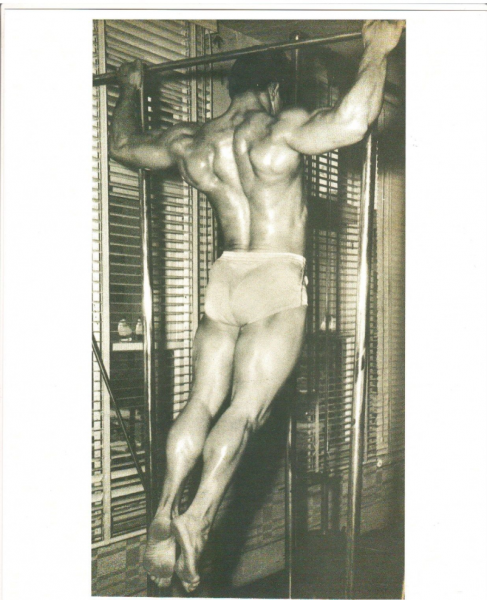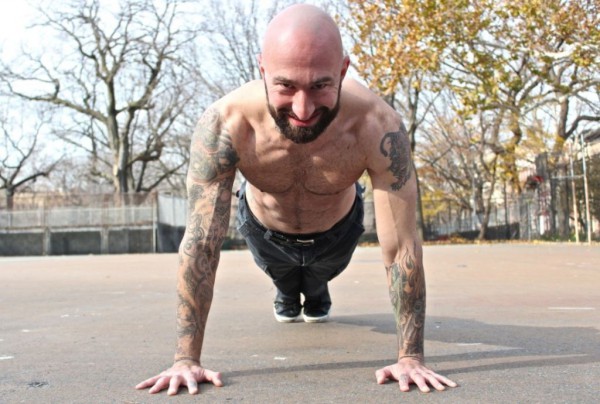At three years old I wanted to be a wrestler. The local judo club was the focus of my ambition until I was seven and could join the class. The instructor–Ted Spacey–was a large jovial man. Among the calisthenics that he imposed upon us were neck bridges. I complained once to him that they hurt the top of my head. “Then you’re not doing enough of them,” was his reply.
Family legend puts me in the sea with my Granddad at 5 months old and I’ve always swam, mostly for leisure. Vanity lifting caused a few injuries which directed me into doing more swimming and as I found I could go further, my ambitions became more aquatic. Eventually I swam the English Channel at 39 years old. On the way to France I had a lot of time to quietly reflect upon what I wanted to do next.
A little unfinished business with a 40-mile hike was concluded nineteen months later by which time I had started watching pro wrestling again online. My wonder at the spectacle now increased by knowing what injuries feel like and having some idea what strength it takes to lift people overhead. The conditioning aspect of the sport still intrigues me. The volume of calisthenics that many of the wrestlers do is impressive. Throughout all my other activities I’ve continued to do neck bridges, and since the age of sixteen have enjoyed doing pull-ups and dips. Lately I added push-ups, leg raises and bodyweight squats (which I had largely ignored for most of my life).
Pro wrestling legend Ric Flair has spoke of doing 500 bodyweight squats and 200-250 push ups and leg raises daily for about ten years during his busiest period as NWA World Champion. Admiring his longevity & ability to take bumps into his early 60’s, I decided to see if I could get near those numbers. It hasn’t been easy.
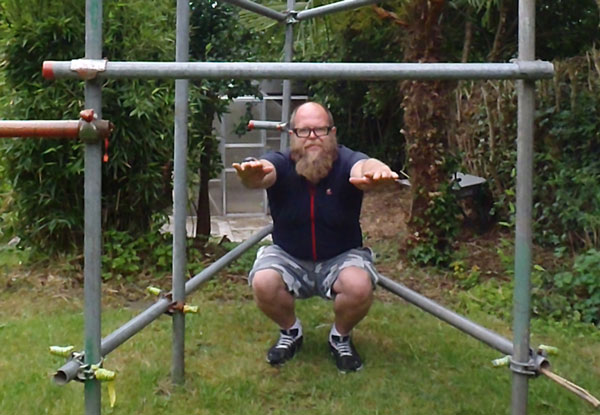
Slow sets of five repetitions are my preference and have been my habit for nearly twenty years. I used to do these in an intense manner so as to struggle to get the fourth and fail on the fifth. This was a once a week program which fit in with an otherwise physical job and active lifestyle.
Last October I bought a copy of C-MASS, which inspired me to look at different strategies. I love that book! I decided to start as if I were a novice, using some basic strength sets multiple times a day, then do a few months of muscle building in the 15 rep range. Coach Wade posted his “Diesel 20” article in January which inspired me further to go for the 500 squats in one day.
Initially a few sets of 15 were as much as I could manage. I’d given up on my training diaries a few years ago but it was Coach Wade saying “Do it for old coach” that made me restart. I’m glad I did. I started out by putting a set of 15 squats between other exercises and I found I could do a hundred and fifty during a session. Soon it was twenty five reps, then thirty and so on. As the reps got bigger, the sets reduced. Some days I do five sets of a hundred. That’s not everyday–I’m not Ric Flair!
Sometimes I combine other movements using bars or benches and squat down whilst pulling on the lats as I descend. At the top I change grip and move forwards into a slow incline push up. This feels like an ideal movement to do in between sets of my favorite exercises: dips, pull-ups and push-ups.
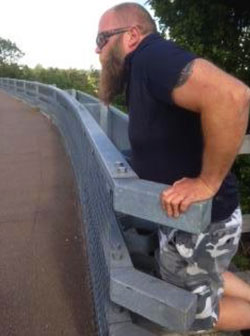
Following the PCC blog is very encouraging. Recent articles of regression, simplicity, focus on the basics and the Replek concept have stimulated my imagination. Danny Kavadlo’s assertion that calisthenics is a creative discipline had me smiling and nodding in agreement.
I didn’t always realize the importance of calisthenics and in hindsight should have favored them more over the lifting in my early days. Big ambitions can distract a person from doing the right thing in many aspects of life. I’ve worked myself into a lot of dead ends. Most importantly I’ve never stopped, always finding something productive to do.
I never became a pro wrestler but I had a taste. Judo, drug-free powerlifting competitions and heats of the UK Strongest Man were as close as I ever got. I wasn’t very good at any of those things. I’m not very advanced in my calisthenics either. Rather than worry about that, however, I enjoy the experience and savor struggle.
Sometimes the small ambitions are the ones that endure to provide the most value. Impressing the judo instructor was once an ambition. I often think of Ted Spacey when I do wrestlers bridges and it always makes me smile. Two years ago I realized that my head had stopped hurting. I guess I’m finally doing enough of them now.

****
Dan Earthquake is involved in event safety and hosts winter swimming training camps for Channel Swimmers. In 2013 the Channel Swimming Association awarded him the trophy for “Greatest Feat of Endurance” for his 21hr 25 minute crossing of the English Channel.
